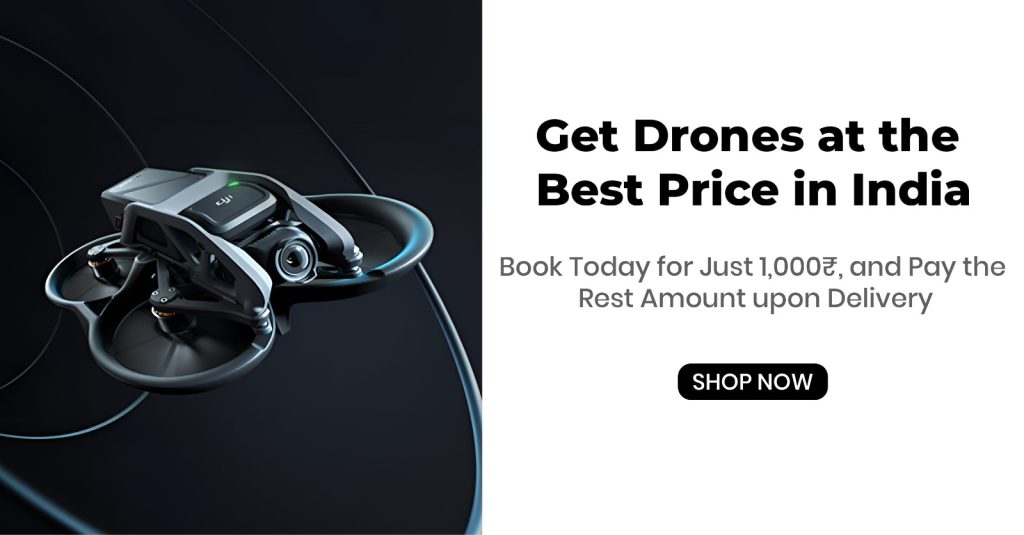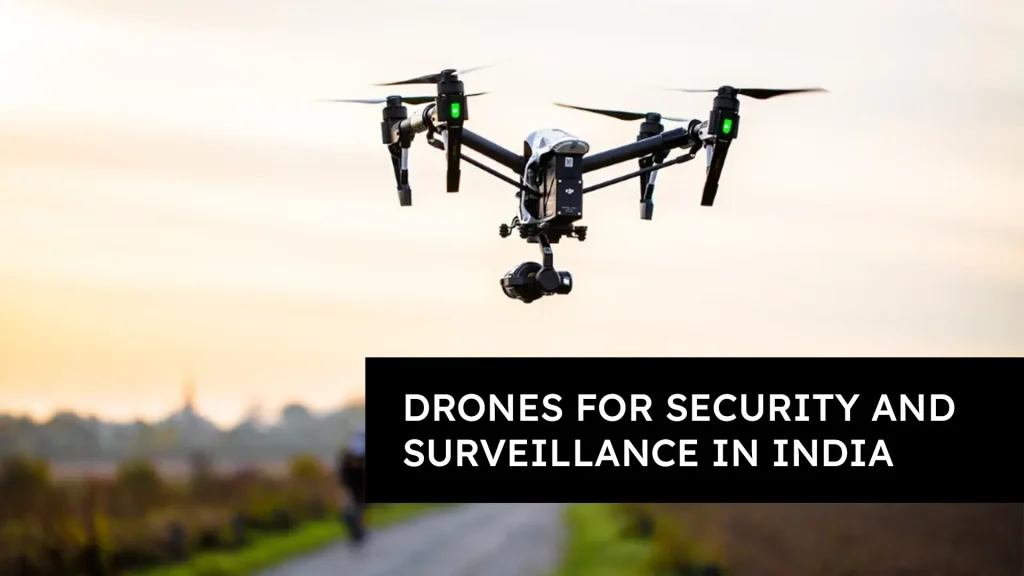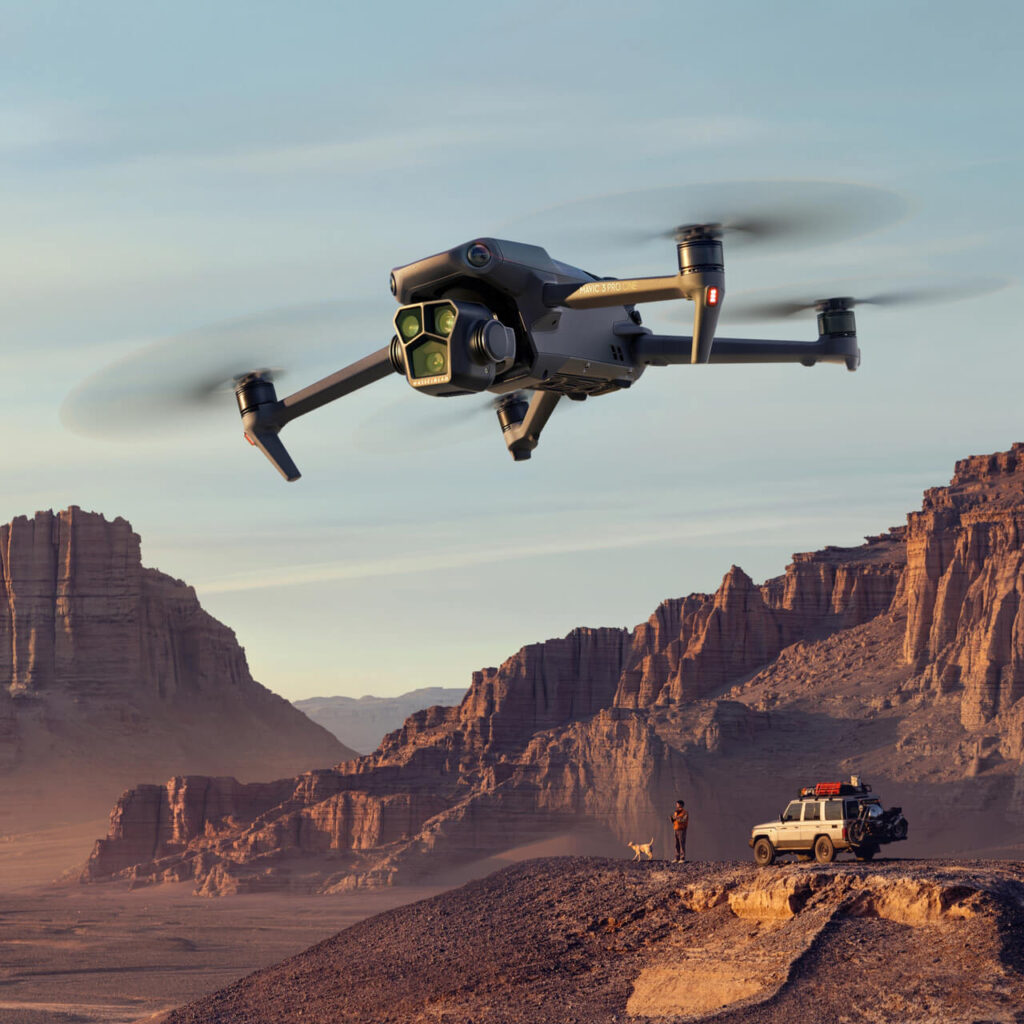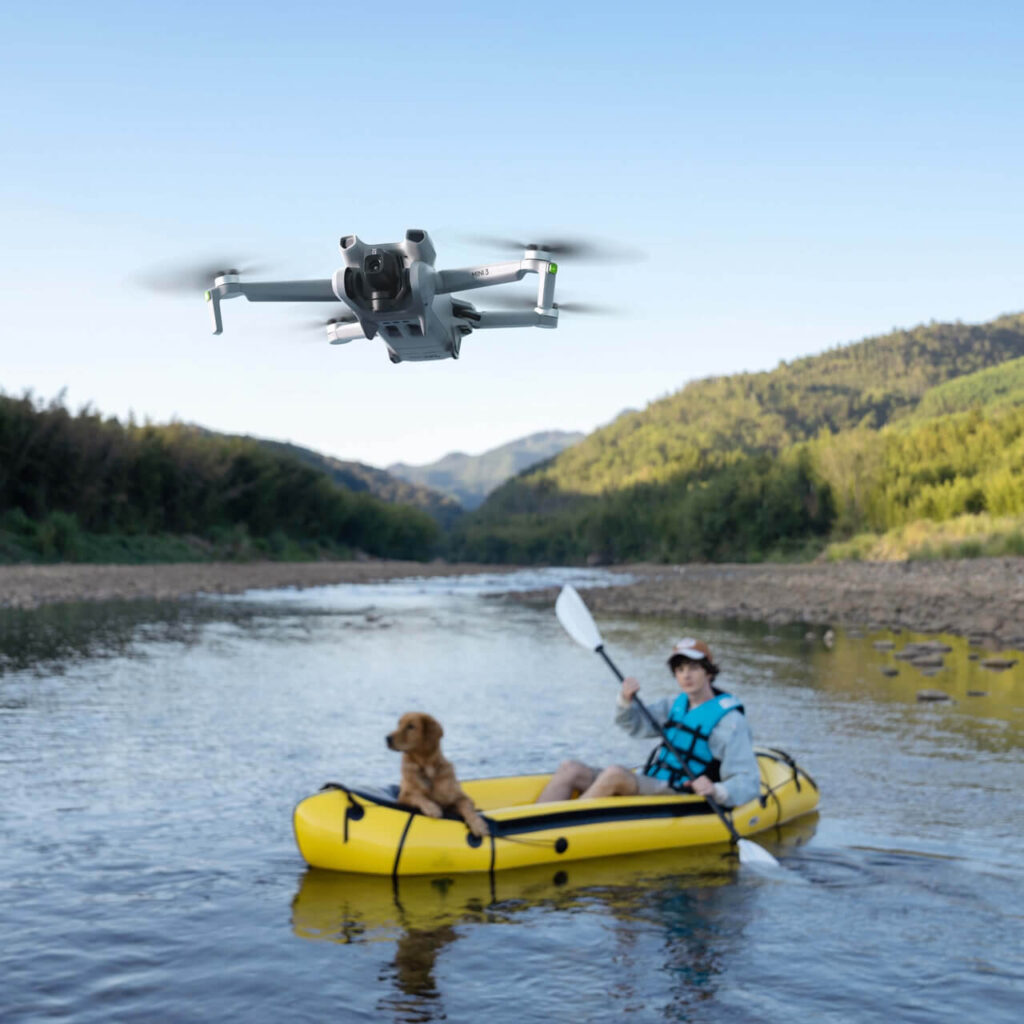In recent years, the integration of technology into various sectors has paved the way for innovative solutions to age-old challenges. One such breakthrough is the utilization of drones for security and surveillance purposes. Drones, also known as Unmanned Aerial Vehicles (UAVs), have transformed the landscape of security by offering real-time monitoring, expansive coverage, and access to remote and difficult-to-reach areas. In India, a nation characterized by its diverse geography and complex security dynamics, drones are proving to be a game-changer in enhancing security measures across various domains.
Benefits of Using Drones for Security and Surveillance
The adoption of drones for security brings forth a multitude of benefits. One of the most significant advantages is their ability to provide real-time monitoring. Drones equipped with high-resolution cameras and advanced sensors can transmit live feeds to control centers, allowing security personnel to respond swiftly to emerging threats. Furthermore, drones excel at covering large areas within short timeframes, effectively replacing the need for extensive manpower. This attribute is particularly advantageous in scenarios such as monitoring vast agricultural fields, securing expansive borders, or overseeing crowded public events.
Accessing challenging terrains has often been a bottleneck for traditional security measures. Drones, with their aerial capabilities, can surmount this obstacle by reaching remote areas, densely forested regions, or even disaster-stricken zones. These capabilities make drones invaluable for search and rescue operations, as they can swiftly identify survivors or evaluate damage in disaster-hit areas.

Applications of Drones in Security and Surveillance
The spectrum of applications for drones in security and surveillance is vast and continually expanding. The various types of drones cater to distinct needs:
Fixed-wing drones: These drones, equipped with extended flight capabilities, are ideal for covering large areas. Their incorporation of cameras, radar, and thermal imaging aids in comprehensive data collection for security analysis.
Multirotor drones: Renowned for their agility, multirotor drones are often employed for close-range surveillance. Their maneuverability is well-suited for navigating complex urban environments or densely populated gatherings.
Hybrid drones: By amalgamating the advantages of fixed-wing and multirotor drones, hybrids offer versatility and adaptability. This makes them ideal for a broad array of security operations.
Drones can be fitted with an assortment of sensors:
Cameras: Cameras capture visual data in the form of images and videos, providing security personnel with a clear understanding of the situation.
Radar: Radar systems enable the detection of objects, both airborne and on the ground, even in challenging weather conditions.
Thermal imaging: By detecting heat signatures, thermal imaging sensors can pinpoint people or vehicles even in the cover of darkness.
LiDAR: LiDAR technology facilitates the creation of detailed 3D maps, aiding in terrain analysis and threat assessment.
The applications of drones for security are diverse:
Perimeter surveillance: Drones can be deployed to monitor the boundaries of critical installations, swiftly detecting and responding to any unauthorized intrusion.
Crowd monitoring: In scenarios such as public events or protests, drones can provide aerial views of crowds, assisting security personnel in identifying potential threats or disturbances.
Search and rescue: Drones equipped with thermal cameras can be instrumental in locating missing persons or survivors in disaster-struck areas, minimizing response times.
Law enforcement: Law enforcement agencies can employ drones for surveillance during operations, tracking suspects, or managing emergency situations effectively.
Challenges and Limitations
While the integration of drones in security and surveillance offers numerous advantages, it is essential to acknowledge the challenges and limitations that accompany their usage:
Privacy concerns: The indiscriminate use of drones for surveillance raises privacy concerns as individuals may be unaware that they are being monitored from above.
Data security: The data collected by drones, especially in sensitive areas, needs to be stored securely to prevent unauthorized access and potential misuse.
Safety hazards: Poorly operated drones pose risks of accidents or injuries, necessitating comprehensive training for drone operators.
Regulatory complexities: Adhering to evolving regulations governing drone usage can be challenging, particularly in densely populated areas or close to sensitive installations.
Conclusion
The integration of drones for security and surveillance in India has emerged as a transformative development in the realm of public safety. Their ability to offer real-time monitoring, cover vast expanses efficiently, and access challenging terrains is revolutionizing the way security is approached. However, alongside these advantages, it is crucial to address the ethical concerns surrounding privacy and data security. As technology evolves and regulations adapt, drones will undoubtedly continue to play an increasingly vital role in safeguarding India’s diverse landscape. By balancing innovation with responsibility, the nation can harness the full potential of drones to fortify its security measures and ensure the safety of its citizens.




